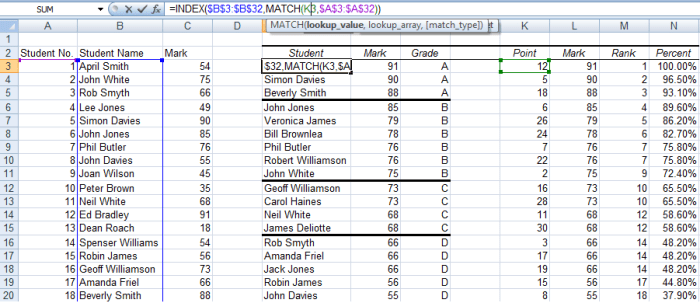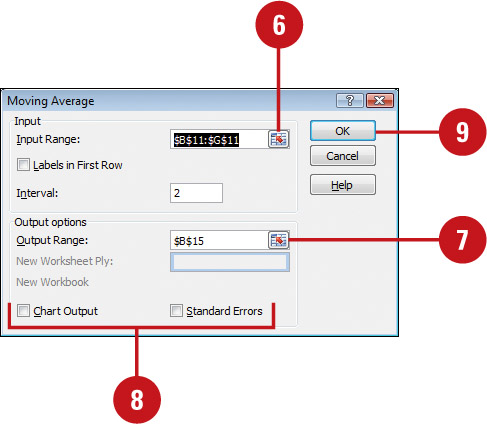

With advanced filtering techniques, you can extract exactly what you want from a larger dataset and place it in a new location, allowing you to work with only data that’s relevant for a particular purpose.Įxcel allows you to choose from simple auto-filters to more advanced filters, as well as the (fairly new) FILTER function. It’s not just a way of temporarily hiding data that you don't want to see. Learning how to filter in Excel is another useful analysis tool. Select additional sorting columns if necessary.If your highlighted range includes data headings, tick “My data has headers”.The primary purpose of sorting is to get your data ready for even more in-depth analysis, but sorting will usually do the trick if you just want to arrange things in a logical order. You can also sort in whatever order is useful - for example, from oldest to newest or vice versa, by column or row, and you can even do multi-level sorting. Excel allows you to sort by numbers, text, date, or even color.

Sorting data is the first step to getting things organized.

Let’s start with the simplest form of data analysis: sorting. From here you’ll be able to import, sort, extract, convert, and otherwise massage simple and complex data in various ways. The Data tab on the Excel ribbon is the home of commands which can transform your data from simple numbers into meaningful answers. The most obvious place to look for data analysis tools in Excel is on the Data tab.


 0 kommentar(er)
0 kommentar(er)
